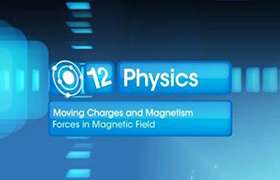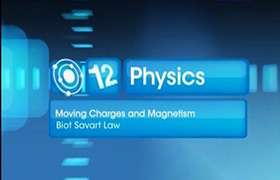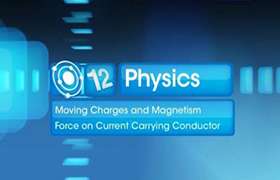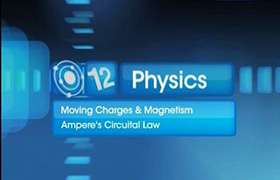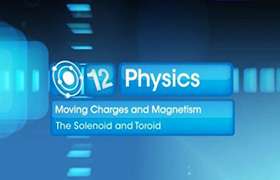CBSE Class 12-science Answered
Mass Spectrometer is kind of machine which uses an analytical technique to measure the mass to charge ratio (m/e). This analytical technique is also known as mass spectrometry.
Typically Mass Spectrometer consists of three parts.
- Ion source: - This is used to produce ions from sample.
- Mass Analyser: -This is used to separate ions with different mass to charge ratio.
- Detector: - This is used to detect no. of ions produced.
Also, knowledge of sample is necessary to admit the sample to be studied to the ions source while the high vacuum is also needed (10^-6 to 10^-8 mm of mercury).
Data analysis system is required to handle instrument, calculate data, etc.
Diagram scheme is given below
WORKING
1. The given sample, typically one micromole or less is evaporated. The vapor is leaking into the ionization chamber where a pressure is maintained at about 10-7 mbar.
2. As the cathode is heated, electron-beam is produced. The vapour molecules are now ionized by an electron-beam. By loss of valence electrons, mainly positive ions are produced.
3. These positive ions are forced to come out of the ionization chamber by a small positive charge (Several Volts) applied to the repeller opposing the exit-slit. After the ions have left the ionization chamber, they are accelerated by an electrostatic field before they enter the analyser.
4. By applying strong magnetic field perpendicular to the direction of motion of ions, the separation of ions takes place in the analyser at a pressure of about 10-8 mbar. The fast moving ions then will follow a circular trajectory, due to the Lorentz force whose radius is determined by the mass/charge ratio of the ion.
5. After the ions have passed the exit-slit, they collide on a collector-electrode. The resulting current is amplified and registered as a function of the magnetic-field force or the accelerating voltage.

